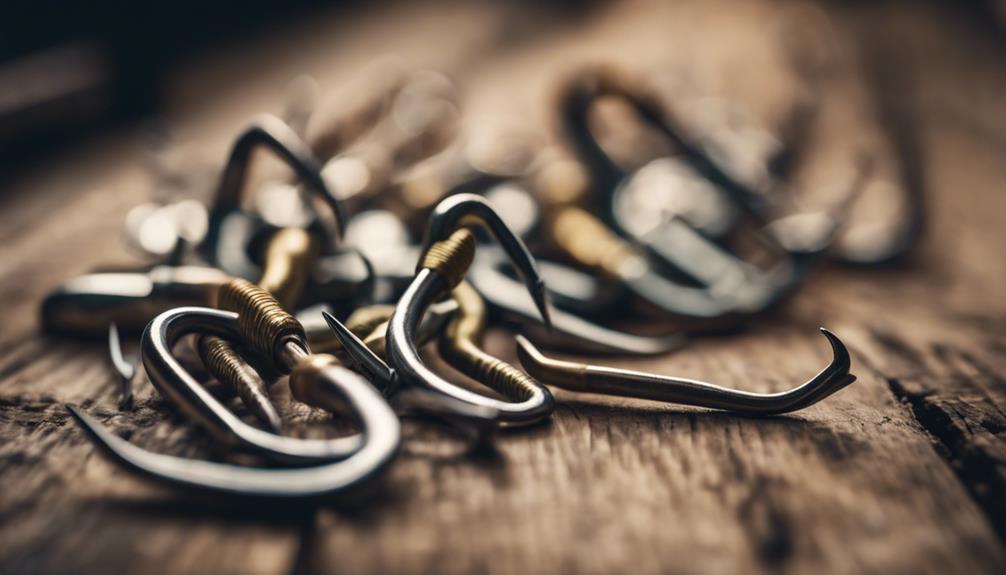Fly fishing is a captivating sport that marries skill and patience, allowing anglers to connect with nature while pursuing their passion. A well-planned fly fishing setup can significantly enhance your experience on the water. In this comprehensive guide, we will explore the essentials of a fly fishing setup, ensuring you are well-equipped to master this art.
Understanding the Basics of Fly Fishing Setup
Before diving into the specifics, it’s important to grasp the fundamental components of a fly fishing setup. A typical setup includes a fly rod, fly reel, fly line, leader line, tippet, and, of course, flies. Each component plays a critical role in your fishing success. The fly rod and reel work together to cast the line and present the fly to the fish, while the leader line and tippet help to connect your fly to the line without spooking the fish. Understanding how these elements interact will help you make informed choices when assembling your fly fishing setup.
Choosing the Right Fly Rod for Your Setup
Selecting the right fly rod is crucial to your fishing success. Fly rods come in various lengths, weights, and actions, each designed for specific fishing conditions and species. A lightweight rod (usually rated between 2 to 5 weight) is ideal for small streams and delicate presentations, while heavier rods (6 weight and above) are better suited for larger rivers and saltwater fishing. When considering your fly fishing setup, also think about the rod’s action—fast action rods are more sensitive and better for casting long distances, while slow action rods offer more control for beginners. Taking the time to choose the right fly rod will enhance your overall experience.
Selecting the Perfect Fly Reel for Your Setup
Once you have your fly rod picked out, the next step in your fly fishing setup is selecting a fly reel. A fly reel should match the weight of your rod and line to ensure a balanced setup. While some anglers may prioritize aesthetics, functionality and durability should be your top concerns. Look for a reel with a reliable drag system, which allows you to control the fish’s movements when reeling it in. Additionally, consider whether you prefer a single-action or a multiplier reel. A well-chosen reel will not only aid in line retrieval but also help you manage your catch effectively.
Understanding Fly Lines and Their Importance in Your Setup
Fly lines are the lifeblood of your fly fishing setup. They come in various types, including floating, sinking, and intermediate lines, each designed for different fishing scenarios. Floating lines are great for surface fishing, while sinking lines enable you to reach deeper waters where fish are lurking. The weight of the line should correspond with your rod weight for optimal performance. Furthermore, consider using a weight-forward line for easier casting, especially for beginner anglers. Understanding the type of fly line suited for your fishing conditions is essential for a successful day on the water.
Leader Line and Tippet: Key Components of Your Fly Fishing Setup
The leader line and tippet are crucial elements of your fly fishing setup, often overlooked by beginners. The leader line connects your fly line to your tippet, which then attaches to your fly. The leader is typically made of monofilament or fluorocarbon and should be strong enough to withstand the fish’s pull while remaining invisible in the water. Tippet material is thinner than the leader and allows for a more delicate presentation of your fly. Choosing the right leader and tippet size based on the species you’re targeting will improve your chances of a successful catch.
Selecting the Right Flies for Your Setup
Selecting the right flies is perhaps the most exciting aspect of your fly fishing setup. Flies come in two main categories: dry flies and nymphs. Dry flies float on the water’s surface, imitating insects, while nymphs are designed to sink and imitate the immature stages of aquatic insects. Researching local hatches and understanding the species’ feeding patterns will help you select the most effective flies for your setup. Additionally, consider carrying a variety of flies in different sizes and colors to adapt to changing conditions throughout your fishing trip.
The Importance of Proper Tools and Accessories in Your Setup
While the core components of your fly fishing setup are essential, having the right tools and accessories can enhance your overall experience. Invest in quality tools such as forceps, nippers, and a fly box to organize your flies. A fishing net can help you land your catch more efficiently, while a good pair of polarized sunglasses will reduce glare and improve visibility in the water. Carrying a small first aid kit and sun protection can also ensure a safe and enjoyable day outdoors. Proper tools and accessories not only make your fly fishing setup more efficient but also contribute to your comfort and safety.
Maintaining Your Fly Fishing Setup for Longevity
Once you have your fly fishing setup in place, it’s crucial to maintain it for long-lasting performance. Rinse your gear with fresh water after each use to remove saltwater or debris. Inspect your fly line for any signs of wear and replace it as needed. Regularly check your rod and reel for any damage and lubricate moving parts to ensure smooth operation. By taking care of your equipment, you will prolong its lifespan and improve your fishing success.
Conclusion: Mastering Your Fly Fishing Setup
In conclusion, mastering your fly fishing setup is essential for success on the water. From selecting the right rod and reel to understanding the importance of flies and accessories, each component plays a significant role in your fishing experience. By following the guidelines outlined in this article, you will be well-equipped to tackle any fishing adventure. Remember, the key to a successful fly fishing setup is preparation, patience, and practice. With time, you will develop your skills and enjoy the rewarding experience that fly fishing has to offer. Happy fishing!
